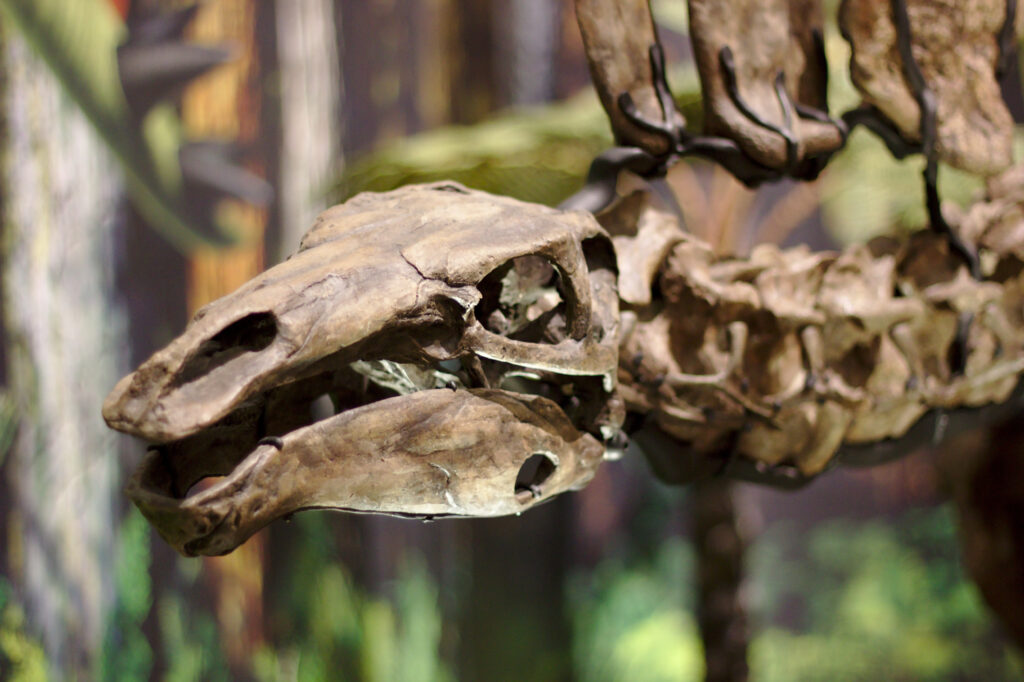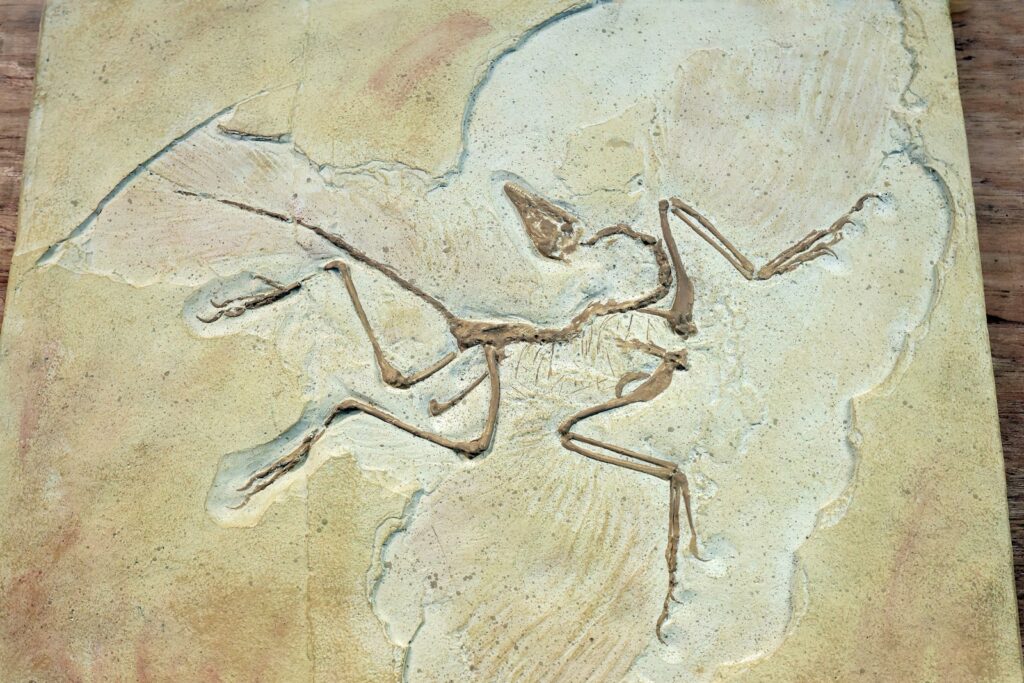The golden age of animation brought us countless treasures, but some of the most fascinating shows got buried beneath the sands of time. While everyone remembers the big names, there’s a whole world of forgotten dinosaur cartoons that captivated young minds and sparked lifelong passions for paleontology. These shows didn’t just entertain – they educated, inspired, and transported viewers to prehistoric worlds filled with wonder and adventure.
The Lost World of Educational Animation
Picture this: Saturday morning television once served as a gateway to scientific discovery, where children could learn about prehistoric life without even realizing they were getting an education. Educational dinosaur cartoons emerged during the 1980s and 1990s when networks were required to provide educational programming. These shows combined entertainment with scientific accuracy, creating a perfect storm of learning and fun. Unfortunately, many of these gems disappeared when cable networks shifted focus to purely commercial content. The loss of these programs left a significant gap in educational entertainment that hasn’t been properly filled since.
Dink, the Little Dinosaur – A Gentle Giant’s Journey
CBS introduced audiences to Dink in 1989, a young Apatosaurus navigating life in prehistoric times with his diverse group of dinosaur friends. Unlike the action-packed dinosaur shows that followed, Dink focused on friendship, problem-solving, and environmental awareness. The animation style was surprisingly sophisticated for its time, featuring lush backgrounds and fluid character movements that brought the Mesozoic era to life. Each episode taught valuable lessons about cooperation and understanding differences, making it more than just another cartoon. The show’s gentle approach to prehistoric life made dinosaurs accessible to younger audiences who might have been frightened by more aggressive portrayals. Despite running for only two seasons, Dink left a lasting impression on viewers who still fondly remember its positive messages.
Denver, the Last Dinosaur – Rock and Roll Meets Prehistory
What happens when you combine a friendly Corythosaurus with 1980s rock music and teenage adventures? You get Denver, the Last Dinosaur, a show that was equal parts bizarre and brilliant. Denver was discovered as an egg by a group of California teenagers and hatched in modern times, leading to hilarious fish-out-of-water scenarios. The show’s theme song became an instant earworm that still gets stuck in people’s heads decades later. Denver’s adventures taught kids about friendship, acceptance, and standing up for what’s right, all while featuring surprisingly accurate dinosaur facts. The animation had a distinctly 1980s aesthetic that perfectly captured the era’s optimistic spirit. Though it only ran for one season, Denver’s impact on pop culture far exceeded its brief run.
The Secret of Dinosaur Discoveries

These forgotten shows shared a common thread: they made paleontology accessible and exciting for young audiences. Unlike modern dinosaur media that often focuses on violence and destruction, these cartoons presented dinosaurs as complex creatures with their own societies, emotions, and challenges. They encouraged curiosity about natural history and scientific discovery, inspiring many viewers to pursue careers in paleontology or related fields. The educational value of these shows was immense, as they introduced scientific concepts through storytelling rather than dry lectures. Many episodes featured real paleontological discoveries and theories, making them valuable educational resources. The combination of entertainment and education created a perfect formula for engaging young minds with science.
Adventures in Dinotopia – The Animated Series
Based on James Gurney’s beloved illustrated books, the Dinotopia animated series brought the utopian world where humans and dinosaurs coexisted peacefully to television screens. The show featured stunning animation that captured the magical realism of Gurney’s artwork, creating a truly immersive prehistoric paradise. Unlike other dinosaur cartoons, Dinotopia explored themes of harmony, mutual respect, and environmental stewardship through its unique premise. The series followed various characters as they discovered the island’s secrets and learned to live alongside their dinosaur neighbors. Each episode was a visual feast, featuring detailed backgrounds and character designs that rivaled feature films. The show’s positive message about cooperation between species resonated strongly with audiences seeking alternatives to violent dinosaur media.
The Science Behind the Stories
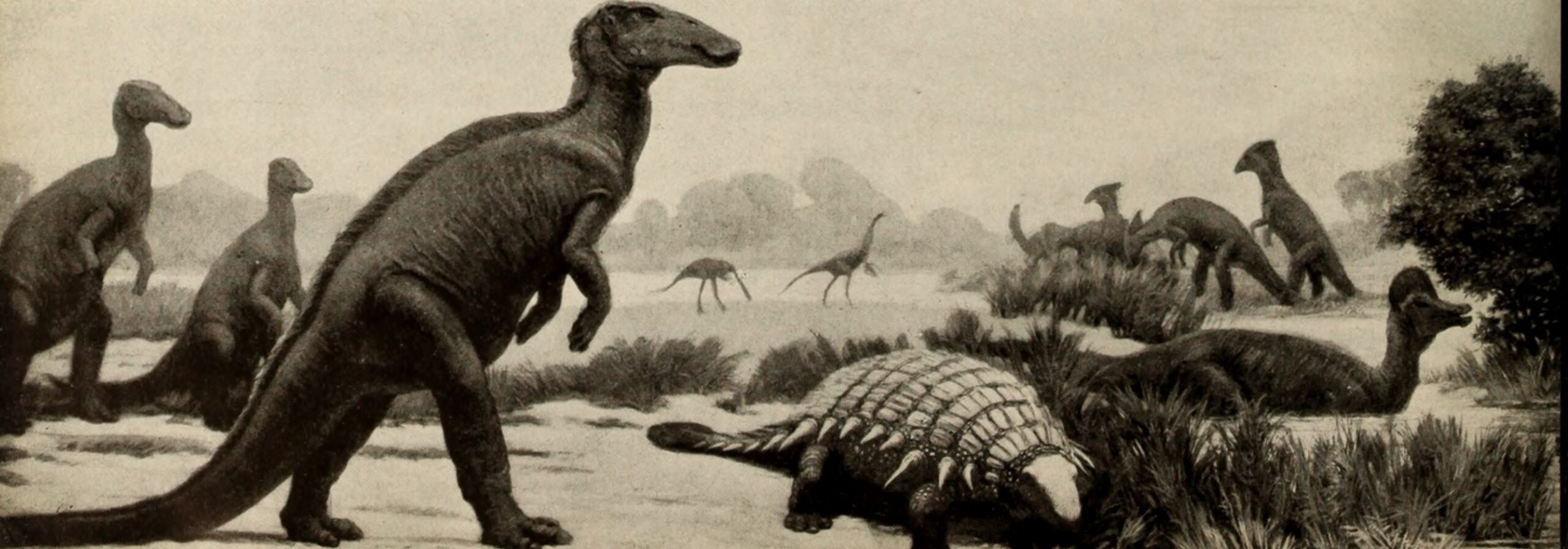
What set these hidden gems apart was their commitment to scientific accuracy, even within fantastical storylines. Many episodes consulted with actual paleontologists to ensure dinosaur behaviors and characteristics were portrayed correctly. The shows often featured accurate depictions of prehistoric environments, from lush Jurassic forests to arid Cretaceous plains. Character designs were based on the latest scientific understanding of dinosaur anatomy and physiology available at the time. This attention to detail helped educate viewers about real prehistoric life while entertaining them with engaging stories. The scientific foundation of these shows made them valuable educational tools that parents and teachers could trust.
Why These Shows Disappeared
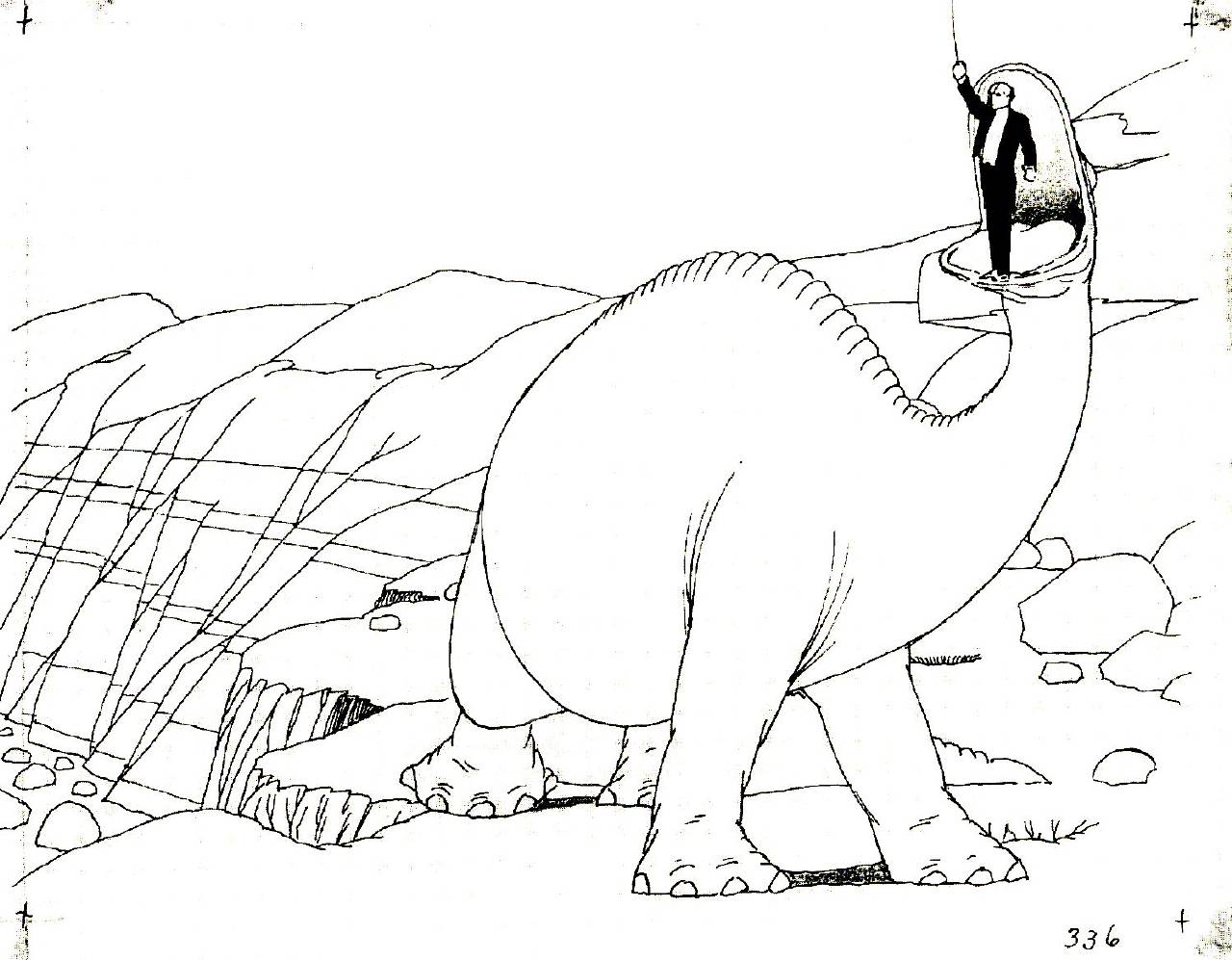
The decline of educational dinosaur cartoons can be traced to several industry changes that occurred in the late 1990s and early 2000s. Networks began prioritizing cheaper, purely commercial programming over educational content as regulations loosened. The rise of cable television created more competition for viewers’ attention, leading to a focus on flashier, more sensationalized content. Production costs for high-quality animation increased dramatically, making it difficult to justify educational programming with smaller audiences. Many of these shows also fell victim to changing ownership and licensing issues that prevented them from being redistributed. The shift toward digital media and streaming services initially overlooked these older programs, leaving them trapped in vault obscurity.
The Cultural Impact of Forgotten Dinosaurs
Despite their brief runs, these dinosaur cartoons left an indelible mark on popular culture and scientific education. Many current paleontologists and natural history enthusiasts trace their initial interest back to these shows. The positive portrayal of dinosaurs in these series helped counteract the purely predatory image popularized by other media. These programs created a generation of dinosaur fans who valued scientific accuracy and educational content over pure spectacle. The shows’ emphasis on friendship, cooperation, and environmental awareness influenced how children viewed both prehistoric and modern life. Their legacy lives on in the memories of viewers who continue to seek out scientifically accurate dinosaur content.
Animation Quality That Still Impresses

The technical achievements of these forgotten dinosaur cartoons were remarkable for their time and budget constraints. Many featured hand-drawn animation that captured subtle expressions and fluid movements often missing from modern computer-generated content. The background art in shows like Dinotopia rivaled museum dioramas in their attention to scientific detail and artistic beauty. Character designs balanced scientific accuracy with appealing, memorable personalities that resonated with audiences. The animation teams often included artists with backgrounds in natural history illustration, bringing authenticity to every frame. Sound design and musical scores enhanced the prehistoric atmosphere, creating immersive experiences that transported viewers to ancient worlds.
Educational Value That Modern Shows Lack
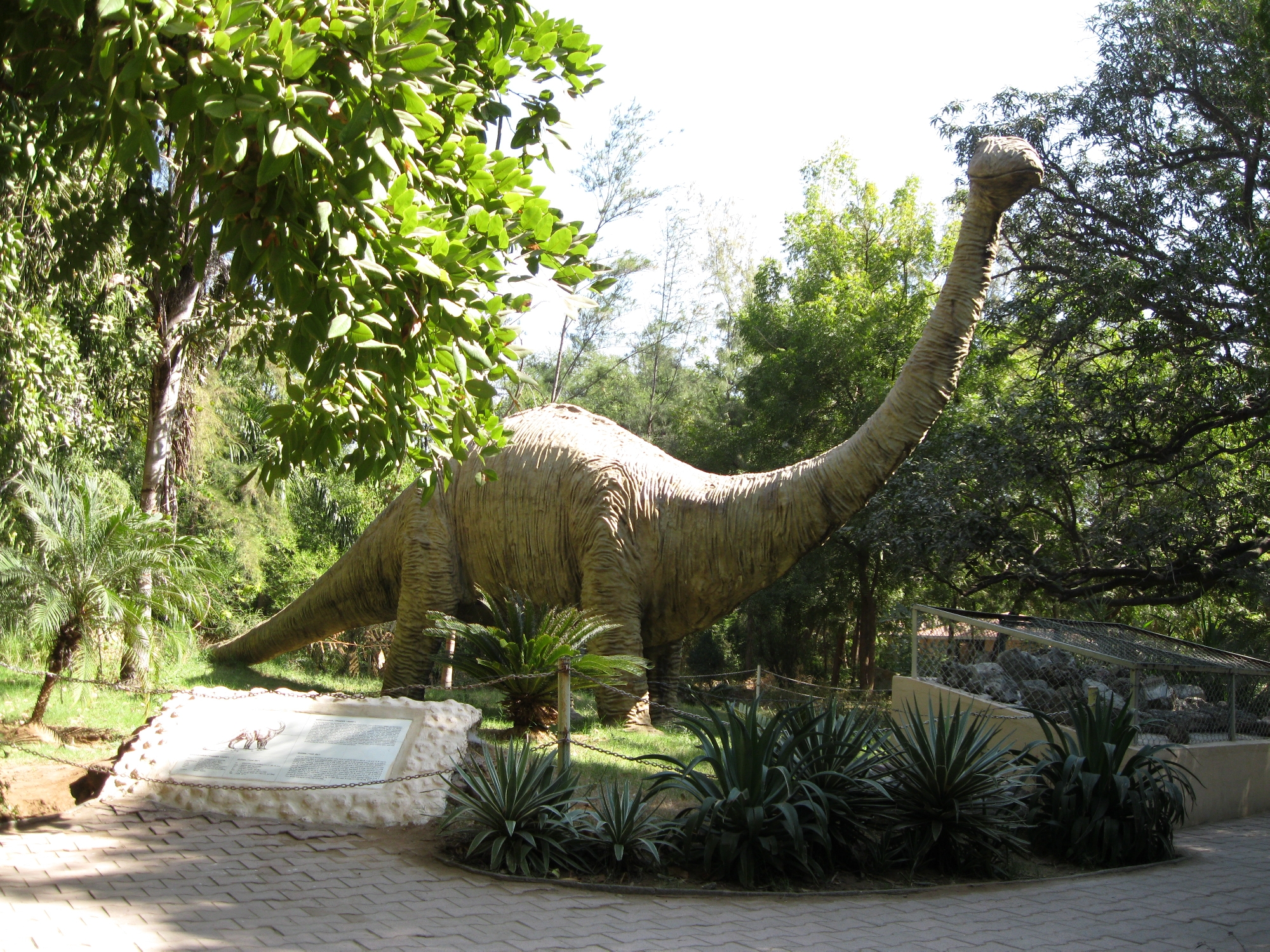
These hidden gem dinosaur cartoons achieved something rare in children’s television: they educated without preaching or dumbing down complex concepts. Episodes seamlessly wove scientific facts into entertaining storylines, making learning feel natural and fun. The shows respected their young audiences’ intelligence, presenting accurate information about geology, evolution, and prehistoric ecosystems. Many episodes featured problem-solving scenarios that encouraged critical thinking and scientific reasoning. The characters served as role models for curiosity, persistence, and respect for nature and scientific discovery. This educational approach created lasting value that extended far beyond simple entertainment.
The Streaming Revolution’s Missed Opportunity

As streaming platforms compete for content, they’ve largely overlooked the treasure trove of educational dinosaur cartoons from previous decades. These shows would be perfect for platforms targeting family audiences and educational content. The nostalgia factor alone would draw adult viewers eager to share childhood favorites with their own children. Modern digital restoration could enhance these shows’ visual appeal while preserving their original charm and educational value. The relatively modest licensing costs compared to producing new content make these revivals financially attractive. Streaming services focused on educational programming have a golden opportunity to resurrect these forgotten gems.
What a Modern Revival Could Look Like
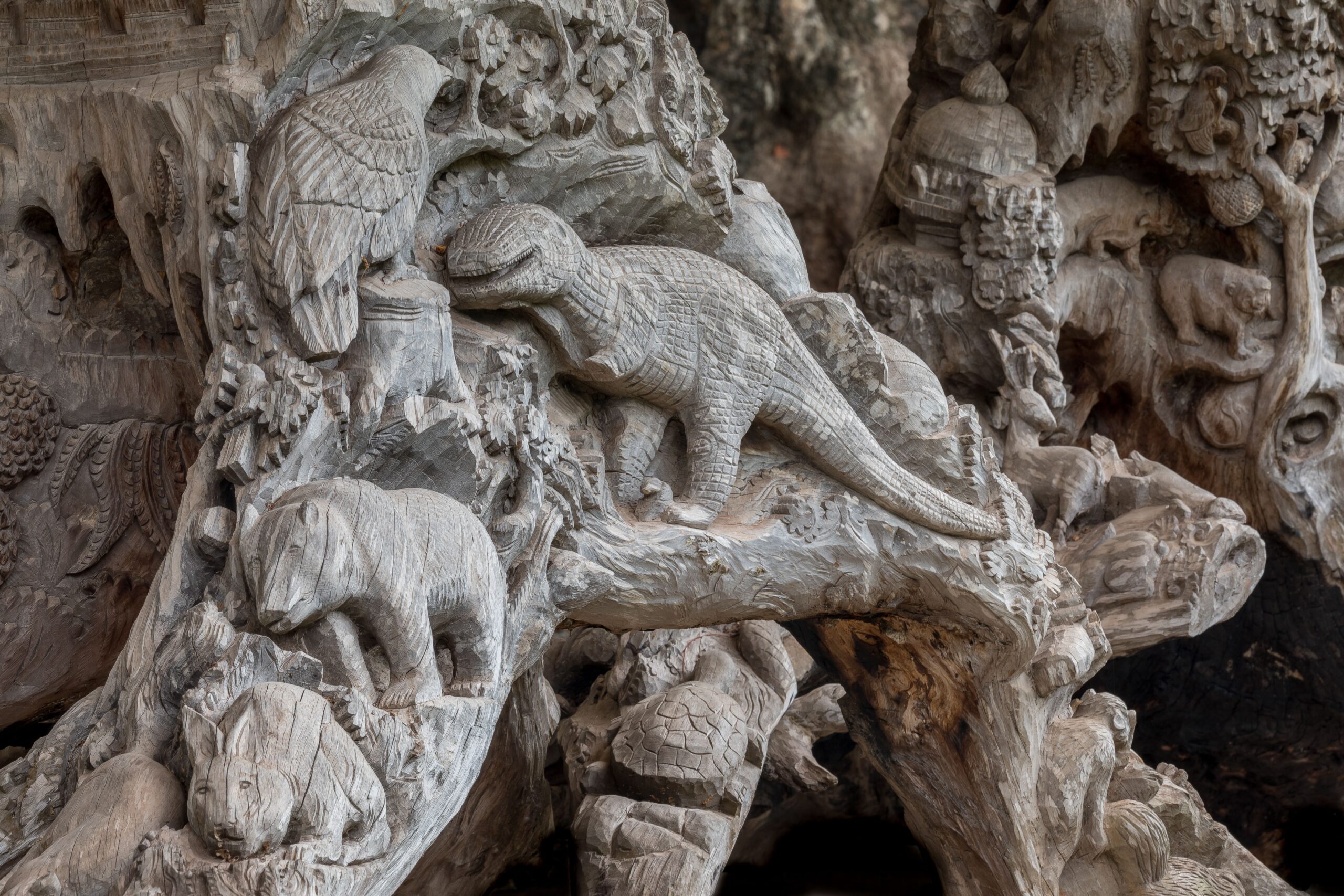
A successful comeback of these dinosaur cartoons would need to balance nostalgia with contemporary sensibilities and updated scientific knowledge. Modern animation techniques could enhance the visual appeal while maintaining the original shows’ educational focus and positive messages. New episodes could incorporate recent paleontological discoveries while respecting the established characters and storylines. The revival could expand beyond television to include interactive educational content, museum partnerships, and citizen science projects. Social media and digital platforms could create communities around these shows, fostering continued interest in paleontology and natural history. The key would be maintaining the shows’ core values while adapting to modern viewing habits and educational needs.
The Paleontology Connection
Many professional paleontologists credit these forgotten dinosaur cartoons with sparking their initial interest in prehistoric life and scientific careers. The shows’ positive portrayal of scientific discovery and research made paleontology seem accessible and exciting to young viewers. Unlike sensationalized dinosaur media, these cartoons presented paleontologists as heroes and role models worth emulating. The scientific accuracy of these shows provided a solid foundation for viewers who later pursued formal education in related fields. Professional paleontology organizations have recognized the importance of quality media representation in inspiring the next generation of scientists. These forgotten shows represent a lost opportunity for science communication that modern media has yet to replace effectively.
Building Tomorrow’s Dinosaur Enthusiasts
The current landscape of dinosaur entertainment heavily favors action and spectacle over education and wonder, leaving a significant gap in quality programming for young paleontology enthusiasts. These hidden gem cartoons demonstrated that audiences hungry for scientifically accurate, thoughtful content about prehistoric life exist and thrive when given quality options. The shows’ approach to combining entertainment with education created viewers who became lifelong advocates for scientific literacy and natural history preservation. Their emphasis on cooperation, curiosity, and respect for nature produced generations of environmentally conscious citizens. A revival of these series could help address the current shortage of quality educational programming while inspiring new generations to explore the wonders of paleontology and natural history.
The magic of these forgotten dinosaur cartoons lay not in flashy special effects or dramatic conflicts, but in their ability to make the ancient world feel alive and relevant to modern audiences. They proved that children’s programming could be both entertaining and educational, inspiring curiosity about science while teaching valuable life lessons. In our current media landscape dominated by quick fixes and instant gratification, these thoughtful, well-crafted shows offer a reminder of what quality educational entertainment can achieve. Wouldn’t it be incredible if today’s kids could experience that same sense of wonder and discovery?

